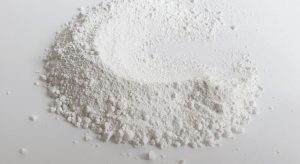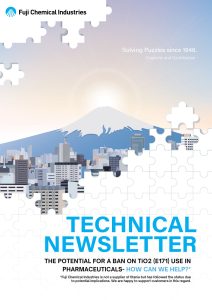The Potential for a Ban on TiO2 (E171) use in Pharmaceuticals
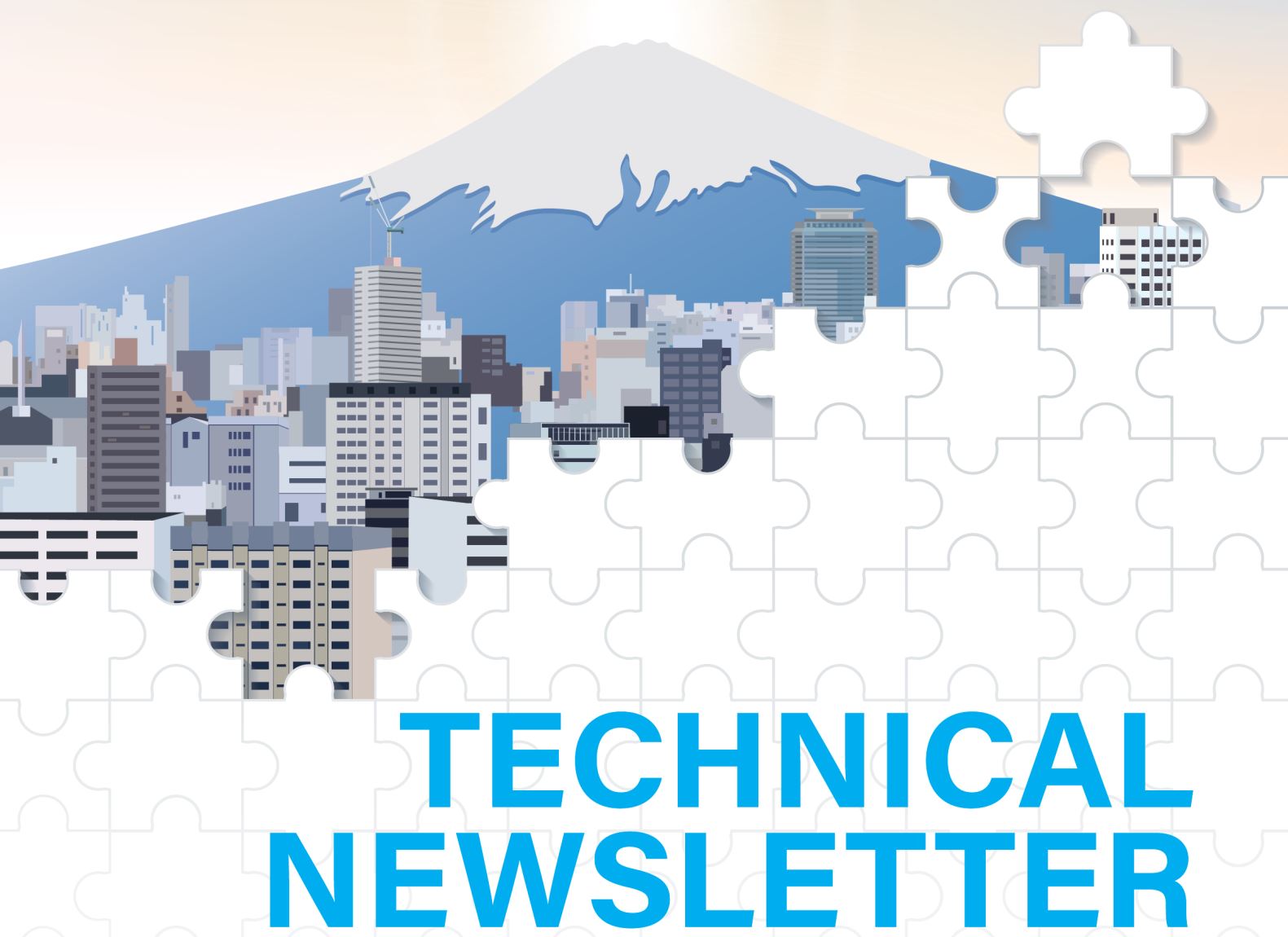
POTENTIAL TiO2 BAN
STATUS AND IMPLICATIONS
The EU considers banning TiO2 in pharmaceuticals, potentially impacting over 91,000 drug products and causing shortages.
Titanium dioxide, also known as E171 or TiO2, has long been used across the cosmetics, medicine, and food industries without safety concerns. The EU has recently imposed a ban on the use of TiO2 in food and dietary supplements and foresees a potential ban in pharmaceuticals pending a decision until early 2025.
THE EU BANNED TITANIA IN FOOD APPLICATIONS:
This was NOT due to specific proof of toxicity but was done on the “precautionary principle” basis:
- A presumable gap in safety and toxicity data
- The questionable data was obtained on NON-food grade nano-products, which are fundamentally different (anatase vs. rutile crystal forms with completely different properties and size ranges, and tested on non-food routes. Japan regulatory bodies have redone studies and found no safety issue even with this material.
Several other regulatory bodies such as the USFDA, Health Canada, UK Food Standards Agency, and FSANZ (Australia and New Zealand) have critically reviewed the data and concluded no safety concerns with the use of TiO2:
- Currently the “precautionary principle” based ban is seemingly limited solely to the EU and those territories who simply follow their legislation.
- The scientific opinion as discussed by IPEC indicates that there is no scientific merit in banning the substance, hence they suggest that it must be political.
TiO2 serves unique functions in pharmaceuticals:
- Opacity: Protects tablets and capsules from UV light, ensuring stability and potency.
- Protection: Shields printed information from wear and tear.
- No alternatives: No other excipient currently offers these combined functionalities.
BAN CONCERNS:
- Drug shortages: Even assuming sufficient resources, reformulating each affected drug would take 30-60 months, potentially leading to shortages.
- High costs: Reformulation involves significant investments in new studies, registration, and approval.
- Unnecessary risk: Several regulatory agencies, including US FDA, Health Canada, JECFA (2023), and Food Safety Australia/New Zealand (2022), deem TiO2 safe at relevant doses.
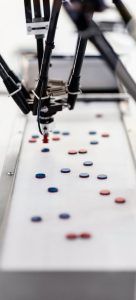
Case Studies on TiO2 Alternatives
The IQ consortium recently undertook comparative case studies to explore alternative options to TiO2 in film coatings.
Specifically, for film coatings without titanium dioxide, these studies revealed shortcomings in various areas:
- Photoprotection was found to be inferior.
- There was an increased risk oftablet chipping.
- The ability to effectively coverirregularities in the core tablet was reduced.
- Color non-uniformity was observed to be higher.
- Tighter control of coating process conditions was deemed necessary.
Similarly, the examination of hard capsule shells revealed that titanium dioxide-free capsules failed to adequately conceal the capsule contents. For modified release tablets and hard capsule shells, suppliers specializing in these materials have encountered challenges in developing commercially viable alternatives to the current titanium dioxide-containing formulas. It’s unlikely that a straightforward and universally acceptable titanium dioxide-free formulation option will emerge that can achieve the same quality attributes in products. The absence of prior familiarity with replacement materials is expected to delay the development of new products and increase medication costs for many patients.
While it may be feasible to substitute some tablet film coatings with titanium dioxide-free formulas, this is likely to pose technical obstacles requiring additional development efforts for resolution. Considering recent reports confirming the oral safety of titanium dioxide, even in nanoparticle form, and raising questions about the scientific basis for the European ban in foods, alongside the uncertainty surrounding the feasibility of its replacement, an overall risk-benefit analysis suggests that restrictions on the use of titanium dioxide in medicines would not be advantageous for European patients.
SAFETY CONCERNS ADDRESSED:
(PQRI Position Paper on TiO2)
- EU’s genotoxicity concerns: Disputed by independent reviews and studies finding no evidence at relevant doses.
- Methodological concerns: EU’s initial assessment used questionable methods not reflecting real-world exposure.
- In vivo genotoxicity: Studies by Health Canada (2022) and JECFA (2023) conclude no in vivo genotoxicity hazard.
- Carcinogenic study (NCI, 1979): TiO2 equivalent to E171 showed no genotoxicity at the highest tolerable dose, suggesting safety at even lower pharmaceutical exposures.
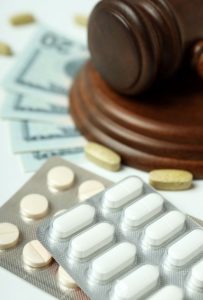
Japan’s Ministry of Health, Labour and Welfare (MHLW, 2023) published a study that specifically addressed the potential concern for genotoxicity with TiO2 nanoparticles. Studies in rats using 6 nm TiO2 nanoparticles at doses up to 1,000 mg/kg/day, i.e., equivalent to 50 grams/day for a person found no preneoplastic changes or evidence of genotoxicity. In addition, there are no consistent, reliable studies showing an effect on the immune system.
DIFFICULTIES WITH REPLACING TiO2:
- No suitable alternatives: Finding replacements with similar opacity, whitening power, and regulatory approval is challenging.
- Unique properties: TiO2 offers unmatched attributes like inertness, high melting point, and specific color change under laser irradiation, crucial for functionality.
FUTURE PROSPECTS
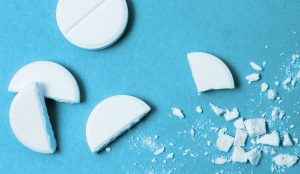
The present scenario on the potential ban on TiO2 by the EU remains dubious. Basis the most recent findings published in the PQRI position paper, there is a probability of the ban coming through in a limited manner: it may be restricted to new product development and may not warrant replacement in existing formulations owing to significant costs, drug shortages, and medicine accessibility issues highlighted earlier in the discussion. This still opens doors to evaluation of more alternatives to TiO2.
Continue reading and see the full Pharmaceutical Technical Newsletter on “Special Issue – The Potential for a Ban on TiO2 (E171) use in Pharmaceuticals” here:
(click the picture to download the technical newsletter)
Source: Fuji Chemical Industries technical newsletters “Special Issue – The Potential for a Ban on TiO2 (E171) use in Pharmaceuticals”
Read also the other Technical Newsletter of Fuji Chemical Industries here:
- Issue 04 – Vitamin E Tablets with Fujicalin®
- Issue 05 – F-Melt® oral disintegrating tablets Simvastatin
- Issue 06 – The Cost-Effective Solution For Producing High-Quality Orally Disintegrating Tablets (ODTs)
- Issue 07 – Unveiling Neusilin US2´s Prowness
- Special Issue – Mitigating Nitrosamine Risks in Drug Products
- Special Issue – Neusilin Redefining Silica´s Potential in Solid Oral Dosage Forms
Do you need more information or a sample of Fuji Chemical Industries excipients?


